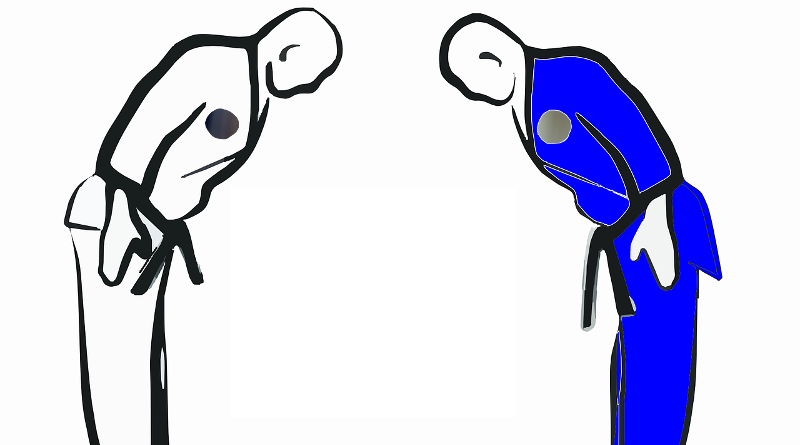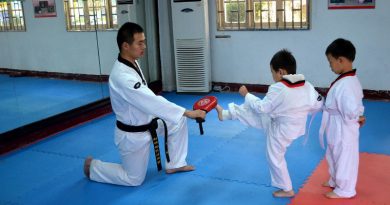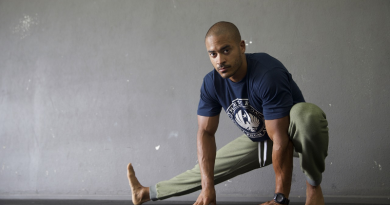Ko Tai-Jeong – The Smiling Taekwondo Pioneer
A life of contrast spanning from military service to monastery life; from coaching at the highest levels of competitive Taekwondo to teaching at a boarding school for adults; and geographically moving from the mountainous Korean peninsula to the flat lowlands of the Danish Archipelago. This is the diverse and extraordinary path the life of 9th Dan Taekwondo Grandmaster Ko Tai-Jeong has taken. Ko Tai-Jeong, collegially called ‘Master Ko’, is well known for his generally soft-spoken manners, his view of all Taekwondo-practitioners as one big family, and not least for his almost ever-present smile.
Ko Tai-Jeong was born in the South Korean city of Gunsan in the North Jeolla Province in 1948 in the short interlude between the end of the Japanese occupation (1910-1945) and the ravages of the Korean War (1950-1953). He spent the first decade of his life in his city of birth, which, though by no means untouched by the war, was spared from the protracted fighting witnessed in many other parts of Korea during those years.
When his family moved to the capital, Seoul, Ko Tai-Jeong made his first acquaintance with martial arts in the form of Judo. After a year he shifted his focus to Taekwondo in 1960, and through dedicated training, he succeeded in winning a national Korean championship in 1969. Both before and after his military service, which was in the early 1970’s, he spent time in a Buddhist monastery learning meditation and studying various martial arts.
In 1980 Ko Tai-Jeong moved to Denmark where he was hired as the country’s national coach for Taekwondo the very same year. The smiling yet firm leadership of the young Korean proved to be the perfect match for the aspirations of the small nation where Taekwondo had been introduced only little more than a decade earlier. Master Ko remained in the position for nearly twenty years, until 1998, making his approach to the system very influential among an entire generation of Danish Taekwondo instructors and students.
Right from the beginning, the Danish athletes showed great results under the guidance of the new national coach. 1980 saw Denmark win a gold medal in a final against Italy in the European Championships, which the Scandinavian country hosted that year. Through the years the medal count rose impressively, considering Denmark’s population of less than six million inhabitants. The total number of medals ended up including two gold medals at World Championships, two World Cup gold medals and nearly one hundred medals at continental championships plus some very notable Olympic results.
Today Ko Tai-Jeong teaches Taekwondo at a Danish højskole (literally: high school – danish folk high school) a unique Danish type of boarding school for adults dedicated to lifelong learning. The 9th Dan Grandmaster is also the central figure and role model for Sim Uu, a special interest group under the Danish Taekwondo Federation (and thereby World Taekwondo).





Højskole is translated, folk high school 🙂
To better facilitate understanding, “danish folk high school” would probably be the best to use 🙂
Fine article though.
Hi Christian
Thanks for your comment, I will correct that as soon as possible. I am glad you liked the article!
Thanks a bunch for sharing this with all of us you actually know what you’re speaking about! Bookmarked. Kindly also visit my site =).
We could have a link exchange arrangement between us
Hi Balder
Thanks for your comment, you can write me through the details you find on the contact page.